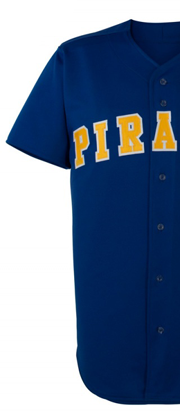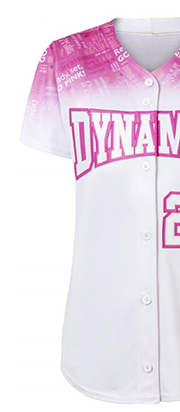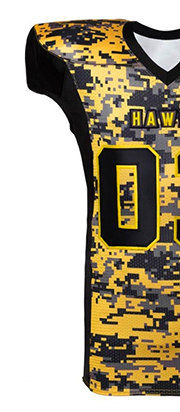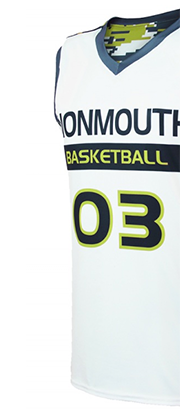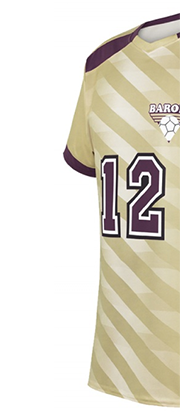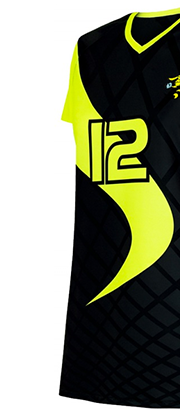Researching the best youth baseball bats and baseball uniforms can be a real minefield – there are just so many different sites out there and so many different opinions. Good news: we’ve done a load of research for you. Even better news: we’ve put our findings in this article, and to make it even easier, we’ve picked our top three youth baseball bats.
By the end of the article, you’ll understand why they are so popular and what the main features are that your child might benefit from. Then you can make an informed decision. Remember, the habits of a batter are forged from a young age, so it’s vital to get the bat right from the beginning.
Our best all-rounder: Cold Steel Brooklyn Crusher review
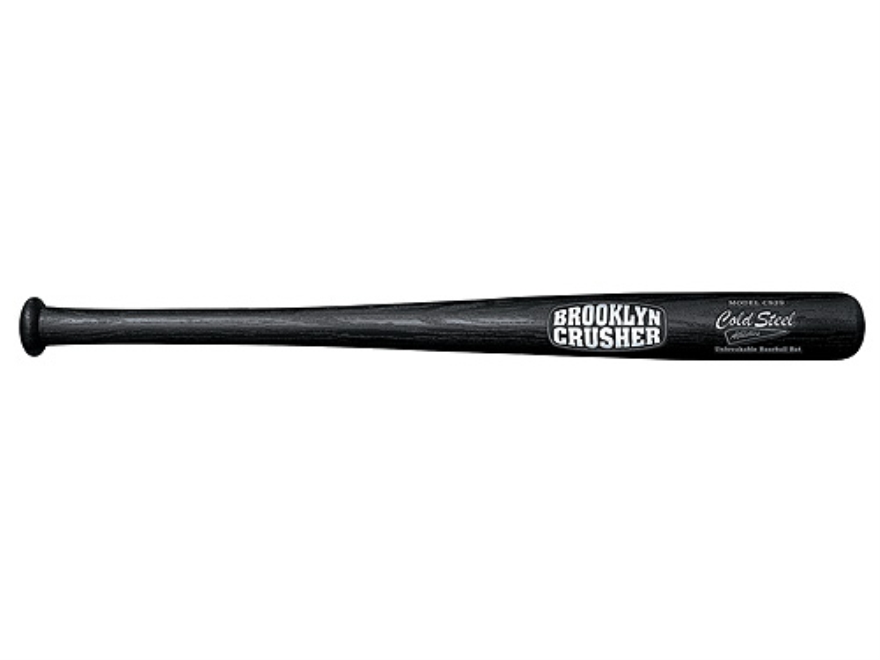
We like this one because it’s basically unbreakable. Bats breaking in competitive play is a disappointingly regular occurrence, but if more people used bats like this, then it wouldn’t be. As well as being expensive to replace, broken bats can also be a dangerous thing on a baseball field, so the benefits of having this almost-indestructible bat are not to be underestimated.
This really is the bat for all seasons. It would be ideal for practicing or competition. The Cold Steel Brooklyn Crusher is 29” long, and weighs in at 2lbs 1 ounce. It has a sleek look as well to match those custom designed baseball jerseys.
Easton YB14S500 Review
The best thing about the Easton YB14s500 is the weight. Made from aircraft alloy, this feels nice and light, but it packs enough of a punch for some mega hits.
The luminous green contrasts brilliantly with the gray and black – it really oozes class in every department. And you can customize the length… anything from 27” to 32”.
Louisville Slugger MLB225YB Youth Wood Baseball Bat Review
Wood bats can be a bit of a risk because the quality of the wood can change so much, but Louisville Slugger have been well-known for the quality of their wood for many years.
They always use Maple, which is a closed grain wood, similar in structure to laminated bats. It’s also more firm on the surface than Ash, which is commonly used for bats. This is important because it reduces the risk of splintering. The Louisville Slugger MLB225YB also comes in multiple lengths, ranging from 26” to 31”.
Youth Baseball Bats Explained
It’s easy to be over-awed by the amount of choice that is out there in the youth baseball bat market. We’ve put together an easily digestible guide which will give you all you need to know about youth baseball bats.
The evolution of baseball bats
First, a little history lesson. The first baseball bats can be traced back to the 1850s, long before a time where there was mass production of anything, so they tended to be homemade, fashioned from any material available.
It was 1859 when they brought in the rule which stipulated that bats couldn’t have a diameter any larger than 2.5”, and by 1869 it was insisted that bats could be no longer than 42”. The length rule still stands today.
It’s generally acknowledged that the first commercial bat was the Louisville Slugger, in 1884. The story goes that the Louisville player Pete Browning broke his bat during the game, and a 17-year-old in the crowd named John Hillerich offered to make him a replacement.
Hillerich took Browning to his father’s woodworking shop, and Browning proceeded to select a piece of white ash and supervised the whole process of the making of the bat. With new bat in hand, Browning then ended up going three for three the next day! This was enough to create a lot of demand for Hillerich and his father to make other bats for people, and so the Louisville Slugger was born.
The metal bat was first invented and patented in 1924, but it was 1970 before it was ever actually used on the open market. Metal bats have become more and more popular in junior and amateur baseball, but wood bats are still the choice for professional players.
We’re currently in the age of the Maple bat, thanks in no small part to Barry Bonds championing the Maple bat during his record-breaking 2001 season.
The aspects of a bat
Barrel:
This is where the ‘sweet spot’ for hitting can be found. The longer the barrel, the bigger the sweet spot, but also, the heavier the bat is. There’s always a trade off between having a big enough sweet spot to get the batter out of jail if they mishit the ball, or having a smaller barrel/sweet spot that makes for a lighter bat and a faster swing.
Grip:
Grips can be leather, synthetic leather or rubber. This is the area that covers the handle.
Taper:
Taper basically means the diameter of the bat’s handle. The wider it is, the less shock for the player when the bat hits the ball. Again, there is a trade off with weight. A smaller taper would allow for better bat speed and wrist rotation.
Bat types
There are several different materials that a bat can be made out of, each with their own pros and cons. To make the right choice, it’s important to first understand what level you are playing at. As we will discuss, some bats suit junior play better than competitive play.
Aluminum:
Aluminum bats are lighter than wooden bats, so this makes them ideal for junior ball. Many leagues have them as standard, because they allow the kids to swing hard and really go for it.
Another advantage of aluminum bats is that they don’t require breaking in like wooden bats do.
Composite:
These are the lightest bats out there, because they are made up of fiberglass, graphite and resin. These tend to have the largest sweet spots of all bats, and they’re well balanced too. They can take a bit of getting used to, so be prepared for a long break-in.
Wood:
These are rarely used in little leagues, but they do still have some benefits. Wooden bats can be customized more than any of the others, i.e. the taper can be adjusted to a player’s swing and they are good for teaching young players proper swing form from an early age. The disadvantages of wood bats are that they have a long break-in period, they have smaller sweet spots, and they can often break.
Bat standards
Across all materials, youth baseball bats are measured in terms of length, weight and drop. Length and weight is self explanatory, but drop is defined by subtracting the weight of the bat from the length. Smaller drops are for power swingers, while longer drops offer greater swing speed.
Find the right length and weight
It figures that bats will need to be longer for taller batters, and that as youth players get older, they will need longer bats. Below is a rough age/length guide:
5-7: 24”-26”
8-9: 26”-28”
10-11: 28”-30”
11-12: 30”-32”
13-14: 31”-32”
15-16: 32”-33”
17+: 34”
To find the right weight, there is a good test you can do. Ask the batter to hold the bat to the side at shoulder height for 10 seconds, and if they can’t keep their arm straight, then the bat is too heavy.
Bat cost
Bats can range from $25 all the way up to $200 and more, but be careful: just because a bat is expensive doesn’t mean it’s the right bat. Make sure you take in all the factors that have been mentioned in this article before making a decision. Only then should you consider the price.
Other equipment
Although not all of the following items are mandatory, they are an important part of the mix.
Bags:
This can preserve the life of any bat because bags protect bats from marks and potentially breaks.
Helmets:
Quite rightly, helmets are compulsory in city and school leagues. Protecting players’ heads is clearly important, but even more so at junior level when the standard of pitching can vary so much.
Gloves:
Any help that players can get in gripping the bat is generally worth it, because even a small slip can turn a home run into a mishit. They are also useful in protecting the batter’s hands and fingers.
And finally…
Remember, a bat can shape the way a child plays for life, so you should really take seriously the many different issues discussed in this article. Good luck!

